Time Period: Early Twentieth Century (1901 - 1940)
aka: Arkansas State League
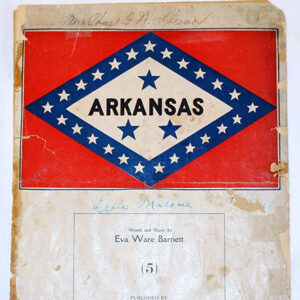 "Arkansas" by Eva Ware Barnett's
"Arkansas" by Eva Ware Barnett's
Arkansaw Bear: A Tale of Fanciful Adventure
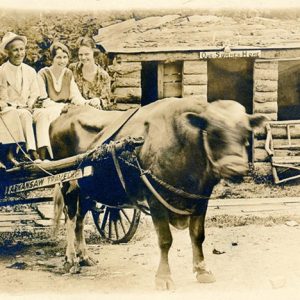 "Arkansaw Traveler"
"Arkansaw Traveler"
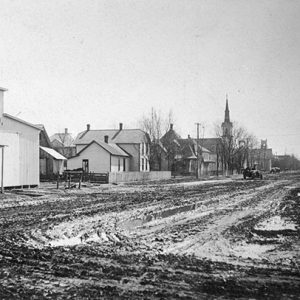 ARKMO Lumber Company
ARKMO Lumber Company
Arlberg (Stone County)
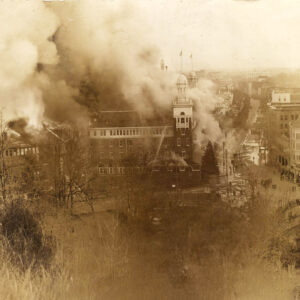 Arlington Fire
Arlington Fire
 Arlington Hotel
Arlington Hotel
 Helen Armstrong
Helen Armstrong
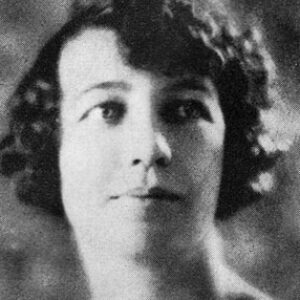 Iris Armstrong
Iris Armstrong
 John Armstrong
John Armstrong
 Army Trucks
Army Trucks
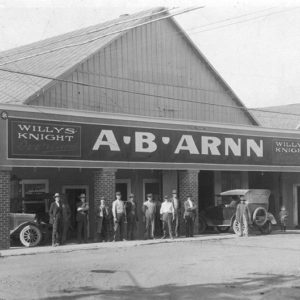 Arnn Automobiles
Arnn Automobiles
 Gilbert M. Aronson
Gilbert M. Aronson
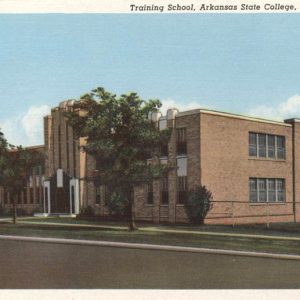 ASC Campus
ASC Campus
 African-American Band
African-American Band
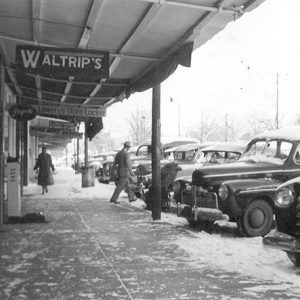 Ashdown's Main Street
Ashdown's Main Street
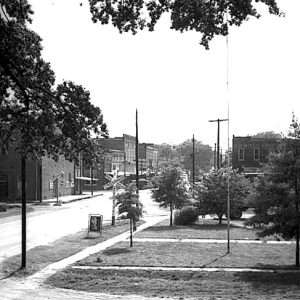 Ashdown Street Scene
Ashdown Street Scene
Association of Southern Women for the Prevention of Lynching
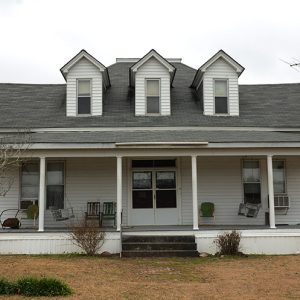 Henry Atchley House
Henry Atchley House
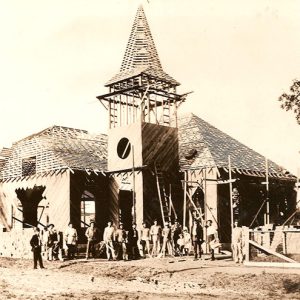 Atkins Church
Atkins Church
 J. H. Atkinson
J. H. Atkinson
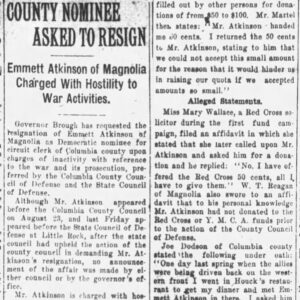 Willie E. Atkinson Article
Willie E. Atkinson Article
Atkinson, Willie Emmett
 Augusta Train Station
Augusta Train Station
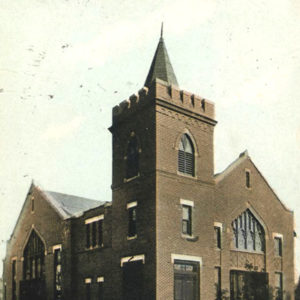 Augusta Church
Augusta Church
 Automatic Oil Drip
Automatic Oil Drip
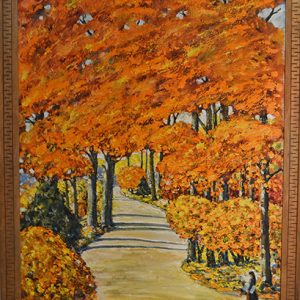 Autumn Trees
Autumn Trees
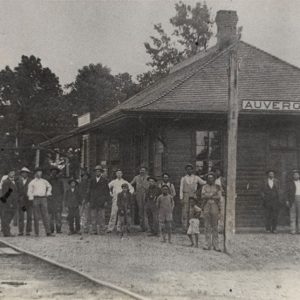 Auvergne Depot
Auvergne Depot
Avery, Andrew (Lynching of)
 Andrew Avery Lynching Article
Andrew Avery Lynching Article
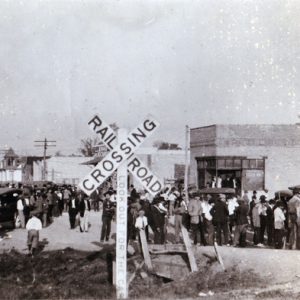 Awaiting Arrival of Troops at Elaine Depot
Awaiting Arrival of Troops at Elaine Depot
Babcock, Bernie
aka: Julia Burnelle Smade Babcock
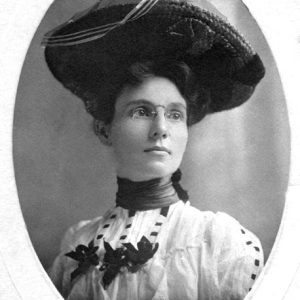 Bernie Babcock
Bernie Babcock
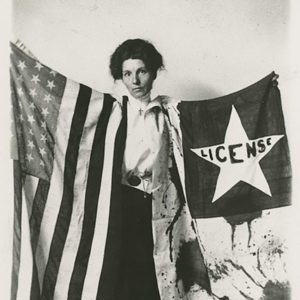 Bernie Babcock, Suffragist
Bernie Babcock, Suffragist
 Bacherl's Meat Market
Bacherl's Meat Market
Bachman’s Warbler
aka: Vermivora bachmanii
Back Yonder, An Ozark Chronicle
Baerg, William J.
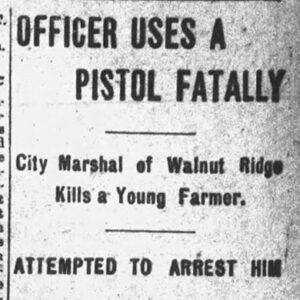 Bagley-Ridgeway Feud Article
Bagley-Ridgeway Feud Article
Bagley-Ridgeway Feud
 Bailey Family
Bailey Family
 Bailey Lynching Article
Bailey Lynching Article
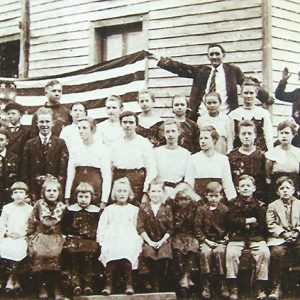 Bailey School
Bailey School
Bailey, Bob
aka: Robert Ballard Bailey
 Bob Bailey
Bob Bailey
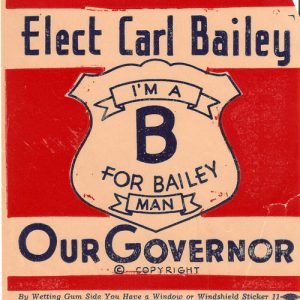 Carl Bailey Sticker
Carl Bailey Sticker
 Carl Bailey
Carl Bailey
 Carl Bailey Postcard
Carl Bailey Postcard
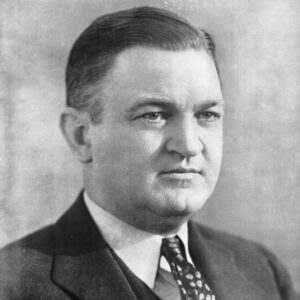 Carl Bailey
Carl Bailey




